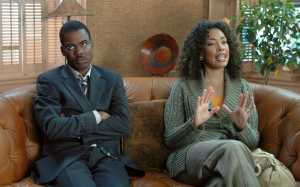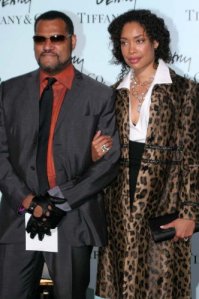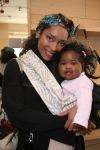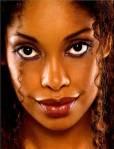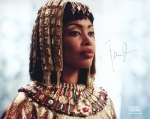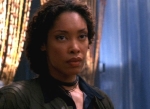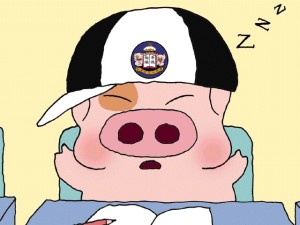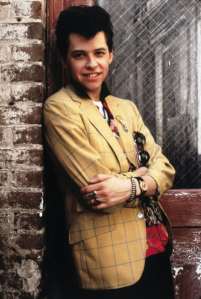 What do they teach about racism in American high schools? In “Lies My Teacher Told Me” (1995) James W. Loewen looked at 12 history books commonly used in American high schools. One of the things he looked at is what they teach about racism. Very little, as it turns out.
What do they teach about racism in American high schools? In “Lies My Teacher Told Me” (1995) James W. Loewen looked at 12 history books commonly used in American high schools. One of the things he looked at is what they teach about racism. Very little, as it turns out.
Most history books do not even have the word “racism” or “racial prejudice” in their index. None of the 12 point out out how racism grew out of the practice of keeping black slaves. Not one. The closest any of them get to the cause of racism is this:
[African Americans] looked different from members of white ethnic groups. The color of their skin made assimilation difficult. For this reason they remained outsiders.
Nothing more! And this was in the 1990s, not the 1950s! As if racism is completely natural, as if white Americans do not now or ever had screwed up ideas and feelings about black people!!!
It used to be worse: before 1970 they took the white Southern view of the Civil War and the Reconstruction that followed – like what you see in the Hollywood film “Gone With the Wind” (1939)!!! You know, like everyone in the South – black, white and presumably Native American – was happy and the North went and destroyed it all, that it had little to do with freeing the slaves, that the North ruled the South after the war just to get rich.
Now they teach that being a slave is terrible – well, 10 out of 12 books do – that the war was about freeing the slaves and that the North tried its best during the 12 years of Reconstruction after the war to rule the South.
But even so they all underplay the racism of Patrick Henry, Thomas Jefferson, Abraham Lincoln and any other white person they choose to make into a hero. None point out that there must be something sick and very wrong with white Americans for wanting to own black slaves.
All 12 history books underplay white American racism after 1877, both North and South. They all leave out stuff like:
- What blacks themselves said, like Ida B. Wells or Richard Wright, about how it was to be black in America then
- Sundown towns: thousands of towns in the North and Midwest where blacks had to leave by sundown
- The Tulsa race riot in 1921
- Ota Benga, an African who was shown behind bars in the Bronx Zoo in 1906.
- That major league baseball forced out blacks in 1889
- Violence against blacks who became successful
Only two books said blacks faced discrimination in the North! Even Loewen himself never uses the term Jim Crow!
The history books do point out examples of racism during this period, but the overall picture is one of white indifference, not white hatred. High school students are left to assume that if blacks fell behind the Jews and Italians who came to the country after the slaves were freed, it must be their own fault. Because, you know, racism is not a big deal.
See also:










